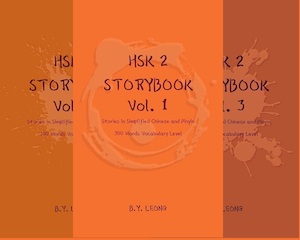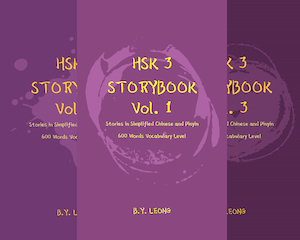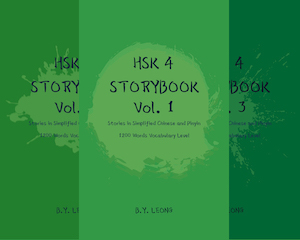Chinese characters are logograms used in the writing of Chinese, Japanese, Korean, and sometimes Vietnamese. They are the oldest continuously used writing system in the world, and the characters have been used to write the Chinese language for over four thousand years. In the past, Chinese characters were often used to write in other languages, such as Japanese and Korean. However, these days, Chinese characters are only used to write Chinese.
There are two types of Chinese characters: traditional and simplified. Traditional characters are the older form of Chinese characters used in Taiwan, Hong Kong, Macau, and Chinese communities outside of Mainland China. Simplified characters are the newer form of Chinese characters used in Mainland China.
There are over fifty thousand Chinese characters, but you only need to know around three thousand to be able to read and write Chinese. There are so many Chinese characters because each character represents a different word or concept. In other words, each Chinese character is like a mini-picture.
One of the best ways to learn Chinese characters is to use a method called “character decomposition”. This involves breaking a character into smaller parts, making it easier to remember. For example, the Chinese character for “tree” is 木. This character is made up of three smaller parts: 木 (mù), which means “tree”; 口 (kǒu), which means “mouth”; and 土 (tǔ), which means “earth”.
When you break a character down into smaller parts, you can start to see how the different parts contribute to the meaning of the whole character. In the case of 木, the three parts represent the various stages of a tree’s life cycle: from a seed in the ground (土) to a sprout coming out of the earth (口), to a fully grown tree (木).
Another way to learn Chinese characters is to use mnemonic devices. A mnemonic device is a memory aid that can help you remember something more quickly. For example, the Chinese character for “sun” is 日. This character is made up of two parts: 日 (rì), which means “sun”,; and 勿 (wù), which means “don’t”.
You can remember the meaning of 日 by thinking of the phrase “Don’t forget about the sun” (勿忘日). This mnemonic device uses the first character of each word to create a new word that is easy to remember.
Many other mnemonic devices can help you remember Chinese characters. For example, you can create a story that includes the character you are trying to remember. Or you can create a visual image that includes the character. The important thing is to find a mnemonic device that works for you.
Once you have learned the basic strokes of a Chinese character, you can start to write it. The strokes of a Chinese character are usually written in a specific order. You can find the order of strokes for a character by looking it up in a dictionary.
When you write a Chinese character, you should start from the top left and move to the right. Then you should move down and to the left. And finally, you should move up and to the right. This is the basic order of strokes for most Chinese characters.
Of course, some characters are written differently. But you can write most Chinese characters if you know the basic order of strokes.
AllMusing’s HSK Vocabulary Writing Practice Sheet comes with stroke order and each page contains one word from HSK Vocabulary. The words are in Chinese Simplified. The HSK Storybook series will enhance your speed of memorizing the HSK Vocabulary and to keep you motivated to learn Chinese.
Once you have learned how to write Chinese characters, you can start to put them together to form words. Chinese words are usually made up of two or more characters. For example, the Chinese word for “tree” is 樹 (shù). This word is made up of the characters 木 (mù) and 林 (lín).
When you put Chinese characters together to form words, you should pay attention to the order of the characters. In general, the order of characters in a Chinese word is similar to the order of words in a sentence. That is, the character that represents the noun comes before the character that represents the verb.
For example, the Chinese word for “tree” is 樹 (shù). The character 木 (mù) represents the noun “tree”, and the character 林 (lín) represents the verb “to plant”. So, the word 樹 (shù) means “to plant trees”.




